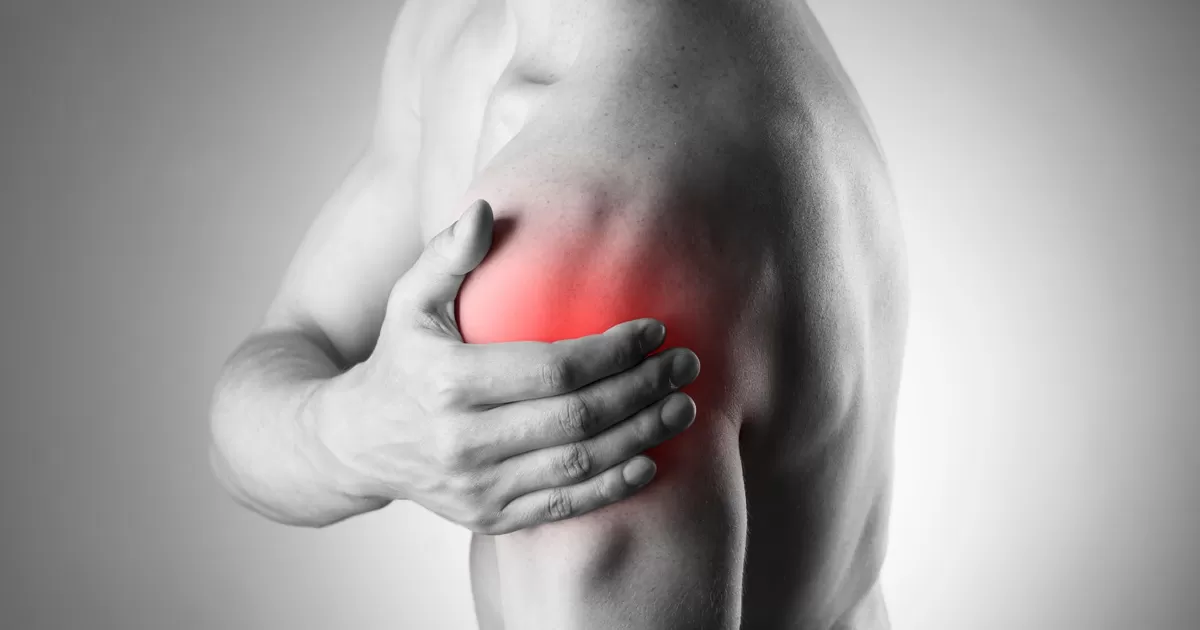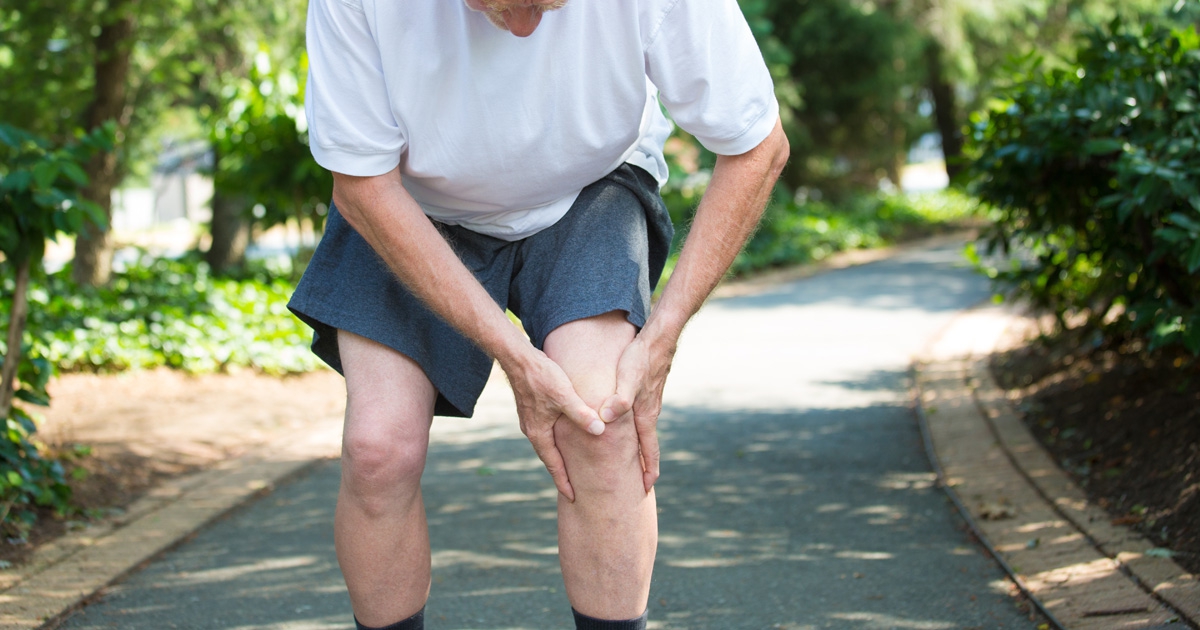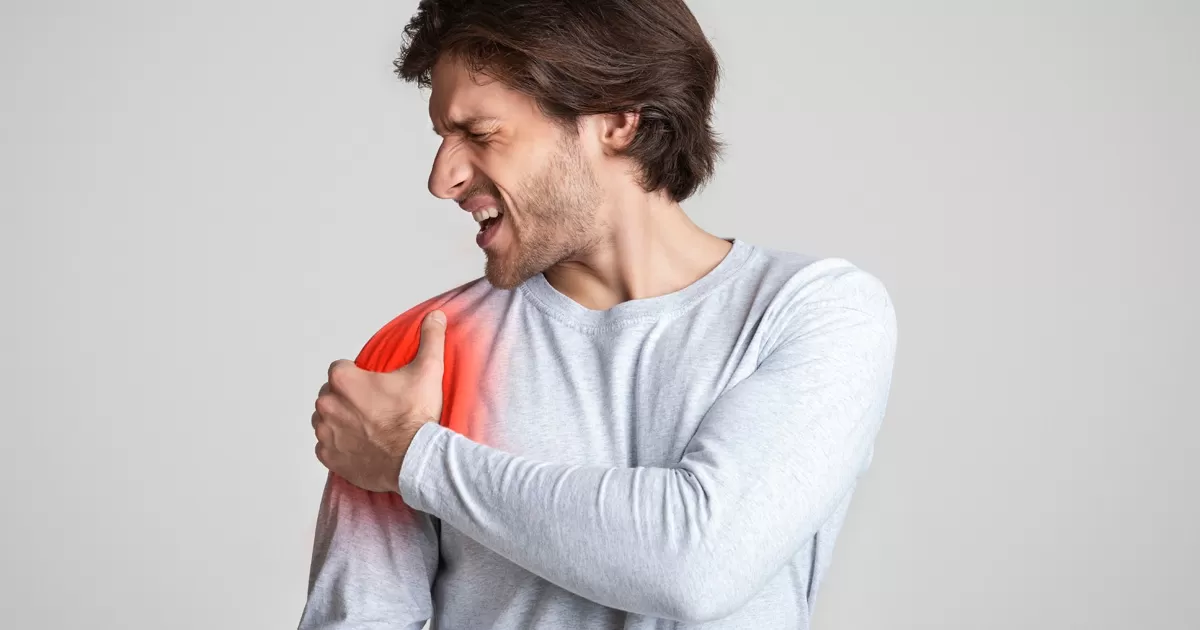
Bone Mineral Density
Home > Health Info > Health Articles

Osteoporosis A debilitating disease that can be prevented and treated
Osteoporosis is a disease in which bones become fragile and more likely to break. If not prevented or if left untreated, osteoporosis can progress painlessly until a bonebreaks. These broken bones , also known as fractures, occur typically in the hip, spine, and wrist. Any bone can be affected, but of special concern are fractures of the hip and spine. A hip fracture almost always requires hospitalization and major surgery. It can impair a person’s ability to walk unassisted and may cause prolonged or permanent disability or even death. Spinal or vertebral Fractures also have serious consequences, including loss of height, severe back pain, and deformity.
What causes Osteoporosis
Many factors will increase your risk of developing osteoporosis and suffering a fracture. Some of these risk factors can be changed, while others cannot. Recognizing your own risk factors is important so you can take steps to prevent this condition from developing or treat it before it becomes worse.
Major risk factors
- Older age (starting in the mid-30 but accelerating after 50 years of age)
- Non-Hispanic white and Asian ethnic background Small bone structure
- Family history of osteoporosis or osteoporosis related fracture in a parent or sibling.
- Previous fracture following a low-level trauma, especially after age 50
- Sex hormone deficiency, particularly estrogen deficiency, both in women (e.g. menopause) and men
- Anorexia nervosa
- Cigarette smoking
- Alcohol abuse
- Low dietary intake or absorption of calcium and vitamin D
- Sedentary lifestyle or immobility.
Bone Mineral Density TestRegular X- Ray
Regular X-rays cannot detect mild bone loss. A bone must loseat least a quarter of its weight before a regular X-ray can detect the problem.
Dual-energy X-rayabsorptiometry (DEXA)
DEXA uses two different X-ray beams to estimate Bone density in your spine and hip. The amounts of each X-ray beam that are blocked by bone and soft tissue are compared to each other.Bones with higher mineral
density allow less of the X-ray beam to pass through them. DEXA is the most accurate method for measuring BMD. DEXA can measure as little as 2% of bone loss per year. It is fast and uses very low doses of radiation .
Screening and diagnosis
Doctors can detect osteopenia or early signs of osteoporosis using a variety of devices to measure bone density. The best screening test is dual energy X-ray absorptiometry (DEXA). This procedure is quick, simple and gives accurate results. It measures the density of bones in your spine, hip and wrist .theareas most likely to be affected by osteoporosis and it’s used to accurately follow changes in these bones over time. The National Osteoporosis Foundation recommends that you have a bone density test if you aren’t taking estrogen and any of the following conditions apply to you :
- You use medications such as prednisone that can cause osteoporosis.
- You have type 1 diabetes, liver disease, kidney disease or a family history of osteoporosis.
- You experienced early menopause.
- You’re postmenopausal, older than 50 and have at least one risk factor for osteoporosis.
- You’re postmenopausal, older than 65 and have never had a bone density test.
Share :



